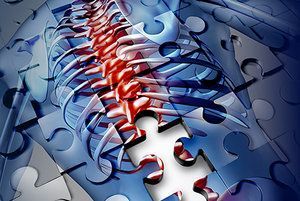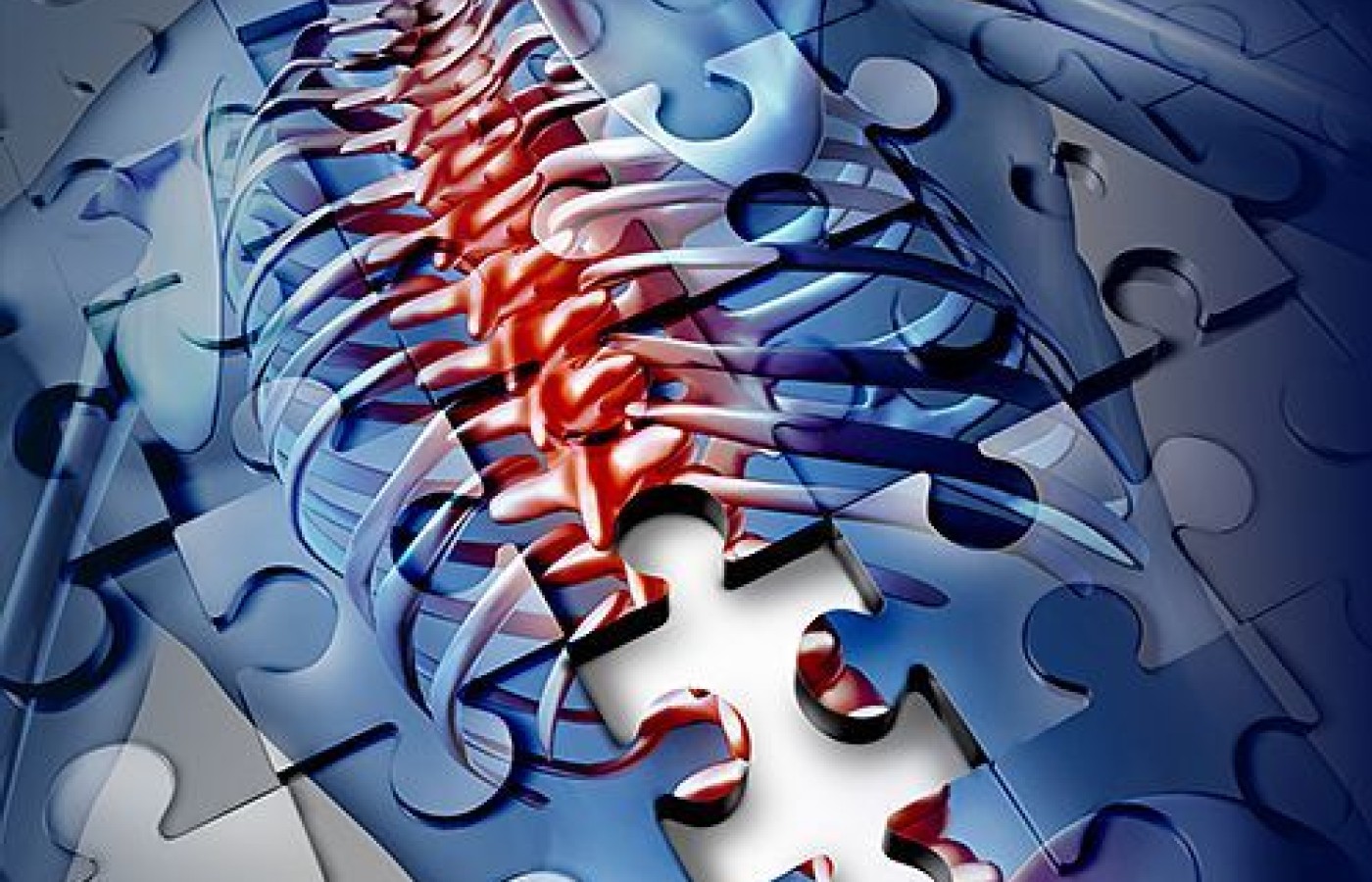MRI is currently the gold standard for identifying radicular pathology, but unfortunately, it requires preauthorization, which isn’t easy to obtain. Physical tests are what most practitioners depend on – despite the marginal reliability of the tests. The information in this article brings history and observation to the forefront of radicular diagnostics. Each factor listed can significantly increase the clinician’s ability to diagnose radiculopathies.
Solving the Pain Puzzle
Legendary former New York Yankees baseball player Yogi Berra once said, "You can observe a lot just by watching." He would have been a great chiropractor. We are trained to become experts with our hands: palpation, adjusting, soft-tissue release, etc. Touch is critical for our work, helping us to discover what may be causing a patient's pain and treating it appropriately. However, the skill of observing our patients before we put a hand on them can reveal incredible amounts of information.
Your patient assessment and evaluation starts the moment you begin reading the intake form. Before you even lay eyes on your patient, the assessment process should already be in play. Learning to watch can be a game changer in treatment plans and outcomes. Let's take a look at some moments of observation you might not be taking advantage of and the information it may provide you.
1. The Patient Intake Form
Observe handwriting and the care with which the form was filled out. It may give you insight into the personality of the patient. Is it neat or sloppy? Does it contain minimal or detailed information? Pain alters mental focus, which may transfer over to patient's ability to share information.

Pay special attention to previous injuries and procedures noted on the history. Current symptoms may be related to past injuries that have impacted the kinetic chain of movement patterning. For example, a prior ankle injury may manifest as knee, hip, back or shoulder problems.
Taking time during the intake will save time during the examination. Note therapies patients have done previously to help determine what has or has not worked. It could be the cue you need to try a different approach. For example, if they had ultrasound, ask if it helped. If it didn't, then try laser therapy instead of ultrasound.
2. Posture (Seated and Standing)
Breathing patterns are of prime importance. Is the patient breath holding or hiking their shoulders up during inhalation? This indicates possible core inhibition, Ideally, they should breathe via the diaphragm, with little to no movement in the shoulders. Stress response from pain will also alter breathing patterns.
Observe how they are sitting. Are they sitting off to one side? Are their legs crossed? If so, which leg is over the other? This may correlate on examination to a torso-rotation-dominant side. Are they crossed at the ankles or the knees? What type of shoes are they wearing? What foundation do they stand on during day that could be impacting the body?
Are the arms or hands crossed? Slouching or side bending gives feedback into core support strategies. Forward head carriage or side tilting indicates asymmetry in the flexion / extension patterning and the frontal-plane control motion of the core.
How are the eyes? Personality traits can often be determined based on eye contact. Does the patient look down and away or straight at you when talking? Aggressive personalities will need different communication styles than someone who is more reserved. Your examination and report of findings should be geared toward the type of person you are treating, but always remember that pain is a driver for emotional reactions.
How do they transition from a seated to a standing position? Do they move / hinge from the hips or the back? Is movement driven by pain or by habit? Poor movement patterning is habit. In order to improve faulty movement patterning, you must address habits of daily living when patients are outside of the office.
When standing, are they leaning more to one leg or is weight distributed equally? Does head tilt change when seated as opposed to standing? Standing requires more core stabilization and the body may add another layer of compensation, such as increased head tilt. Can you see anterior or posterior pelvic tilt? Pelvic unleveling may result from foot / femur issues, hypertonicity of the QL and/or pelvic torsion.
Are the feet internally or externally rotated? Document hip-joint internal or external rotation, pelvic internal or external rotation, and muscle balance. Are the arms internally or externally rotated? Posture gives you a glimpse inside the window of movement.
3. Walking
Gait is a window to function. Pay particular attention to rotation in the thoracic spine. Decreased rotation leads to inefficient transfer of force across the body when walking; extremities often pay the price. Distal injuries to the body can often be linked to decreased thoracic spine rotation. More than likely, there will be lack of thoracic spine extension and oblique muscle pattern function. Assess foot flare, stride length, shoe wear pattern, compensation or antalgic positions to accomplish a given movement task.
4. Table Feedback
How does the patient get on and off the treatment / exam table? What is the mechanism of force transfer from standing to lying down? Does their pain change via positioning?
What is their natural head position when on the table? Tilting or rotated to one side? Head tilt on the table usually indicates poor core stabilization. Where do they want to put their hands? Innately, a person may put their hands on a region involved with the dysfunction.
Supine and prone positions assess muscle symmetry and balance. Overdeveloped muscles may indicate facilitation and underdeveloped muscles suggest inhibition. Have patients tell you where they feel more pressure feedback while on the table. For example, they may feel the right buttock more dominant on the table; the left arm may feel lighter, but the right shoulder heavier.
The body shows you clues before ever needing to lay hands on a patient. Touch will often solidify your clinical thought process on initial observation. Movement never lies, and nothing is more revealing than movement. Patients are always moving, so there really is no such thing as a static position. Learn to notice every movement pattern and begin putting the pain puzzle pieces together.
Resources
- Cook G. Movement: Functional Movement Systems: Screening, Assessment, & Corrective Strategies. Aptos, CA: On Target Publications, 2010.
- Franklin E. Fascia Release and Balance: Franklin Method Ball and Imagery Exercises. Minneapolis, MN: OPTP, 2014.
- Medina J. Brain Rules: 12 Principles for Surviving and Thriving at Work, Home, and School. Seattle, WA: Pear, 2008.
- Riso DJ. Personality Types: Using the Enneagram for Self-Discovery. Boston: Houghton Mifflin, 1987.



